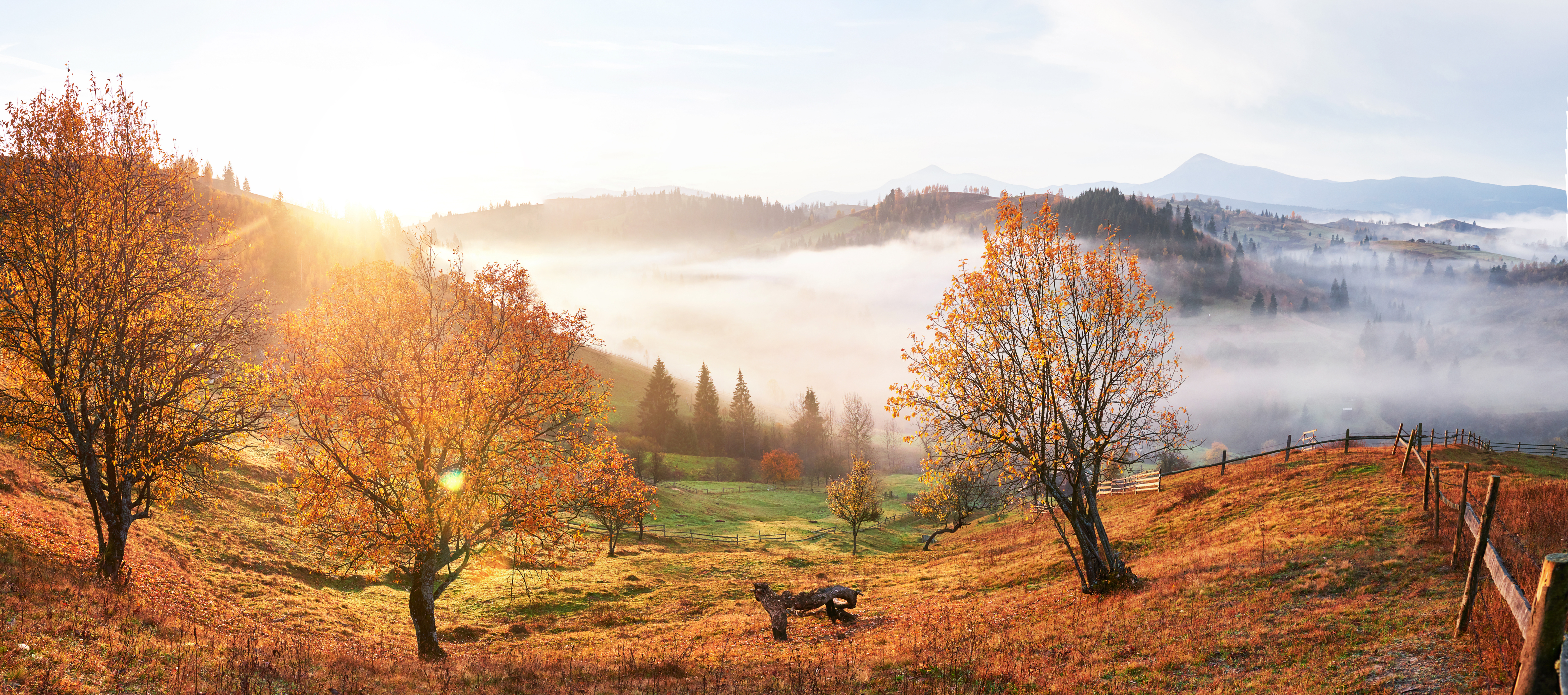Turning Toward the Light: Celebrating the Autumnal Equinox Across Cultures

Mehrgan Autumnal Festival, a 4,000 Year Old Tradition Honors Deity of Light
As the sun crosses the celestial equator and day and night briefly balance in perfect harmony, the world enters the autumnal equinox — a cosmic moment of symmetry and renewal. For millennia, cultures across the globe have marked this turning point with festivals of gratitude, harvest, and reflection. From bonfires in Northern Europe to offerings in ancient Persia, the equinox has long symbolized the delicate dance between darkness and light — and our human instinct to celebrate life’s cycles.
The Equinox: A Universal Pause
The word “equinox” comes from the Latin aequus (equal) and nox (night), reflecting a moment when daylight and darkness share the sky evenly. It occurs twice a year — around March 20 and September 22 — and holds deep agricultural, spiritual, and communal significance. The autumnal equinox, in particular, ushers in a season of change: the harvest is gathered, the air cools, and nature begins her quiet descent into winter’s rest.
Across continents and centuries, this celestial balance has inspired rituals that honor both abundance and impermanence — celebrating what has been sown and preparing for what lies ahead.
Mehrgan: The Persian Festival of Friendship and Light
Among the oldest equinox celebrations in the world is Mehrgan (also spelled Mehregan), an ancient Persian festival that rivals Nowruz, the Persian New Year, in splendor and symbolism. Rooted in Zoroastrian tradition, Mehrgan dates back over 4,000 years and honors Mithra (Mehr in Persian) — the deity of light, friendship, and covenant.
Traditionally held on the 16th day of the month of Mehr in the ancient Persian calendar (coinciding with the autumnal equinox), Mehrgan embodies the spirit of balance, justice, and gratitude. It celebrates the triumph of light over darkness and the harmony between humans and the natural world.
The Rituals of Mehrgan
In ancient times, Persian kings would hold grand ceremonies at Persepolis, dressed in robes of violet and gold, colors symbolizing the union of sky and earth. Courtiers and commoners alike exchanged gifts of pomegranates, marigolds, and rosewater. Tables — called sofreh-ye Mehrgan — were spread with wheat, barley, and fruits of the season. Fire, a sacred symbol in Zoroastrianism, burned at the heart of these celebrations, representing divine light and truth.
Even today, Persian families around the world mark Mehrgan by setting colorful tables adorned with autumn fruits, candles, mirrors, and copies of the Avesta, the Zoroastrian holy text. The day is filled with poetry recitations, music, and a spirit of togetherness. It is a time not just to celebrate the harvest, but to reaffirm bonds of friendship and the eternal light within every heart.
Mabon: The Celtic Harvest of Balance
In the Celtic world, the autumnal equinox was celebrated as Mabon, named after the Welsh god of youth and light. Modern pagans and Wiccans continue this festival as part of the Wheel of the Year, a cycle of seasonal celebrations.
For the Celts, Mabon was a time to give thanks for the fruits of the earth and to honor the waning sun. Apples, grains, and nuts were gathered, and feasts were held to share the bounty. Bonfires were lit — symbols of the sun’s strength before winter’s chill — and offerings of cider and bread were made to nature spirits.
Mabon also invited reflection. It marked the moment between growth and rest, a chance to take stock of one’s personal harvest: what we’ve achieved, what we’ve learned, and what we’re ready to release.
Higan: Japan’s Equinoctial Harmony
In Japan, the equinox carries a distinctly serene tone. Higan, celebrated during both the spring and autumn equinoxes, is a Buddhist observance dedicated to honoring ancestors and contemplating the impermanence of life.
The word Higan means “the other shore,” a metaphor for enlightenment. During this week-long period, families visit graves, clean memorial stones, and offer flowers and favorite foods of the departed. Temples hold ceremonies focusing on compassion and reflection, reminding participants that balance — between life and death, self and others — is at the heart of peace.
As crimson maples begin to flame across Japan’s hillsides, Higan invites quiet gratitude for both the living and the deceased, echoing the equinox’s theme of equilibrium.
A Shared Human Rhythm
What binds all these celebrations — Persian, Celtic, Japanese, Indigenous, and beyond — is a shared awareness of rhythm: light fading, darkness growing, and life finding meaning in the balance. The equinox reminds us that nature is not static but cyclical. Every ending carries a seed of renewal, every dusk promises dawn.
In today’s fast-moving world, the autumnal equinox offers a rare invitation to pause — to align our inner balance with that of the earth. Whether through an ancient Persian sofreh, a Celtic feast, a Japanese temple visit, or a quiet walk under amber leaves, we can all honor this celestial moment in our own way.
The Light Within the Dark
As the nights lengthen and the air sharpens, Mehrgan’s central message feels especially resonant: light persists. The fire on the altar, the candle on the table, the kindness between friends — these are the forms that light takes in human life.
To celebrate the autumnal equinox is to recognize that harmony is not found in endless daylight, but in the graceful turning of the seasons. As ancient Persians knew, the sun may wane, but the warmth of human connection and gratitude can keep the world bright.

